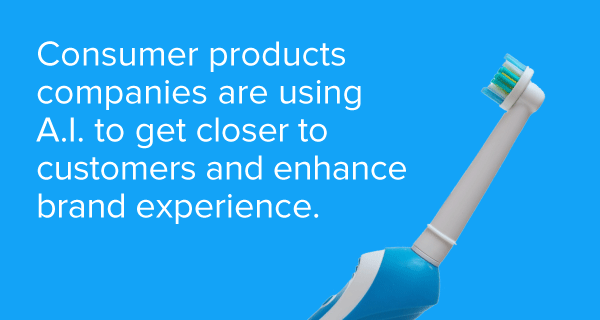Laila Beswick, GT Nexus
Everyone has some view on artificial intelligence and its potential impact on our lives in the near and distant future. As new advancements continue to be made, we are seeing more practical use cases for this technology in the products we use every day.
Gartner defines artificial intelligence (A.I.) as technology that appears to emulate human performance typically by learning, coming to its own conclusions, appearing to understand complex content, engaging in natural dialogue with people, enhancing human cognitive performance (also known as cognitive computing), or replacing people on the execution of nonroutine tasks. In other words, A.I. is a tool that can augment or enhance many of our daily routines, learn and adapt as it goes, and potentially replace the need for human interaction on certain tasks.
Of course, not everyone has such a rosy view on the future implications of artificial intelligence. The renowned theoretical physicist Stephen Hawking, has warned: “In short, the rise of powerful A.I. will be either the best, or the worst thing to ever happen to humanity. We do not yet know which.”
Applications of A.I. continue brewing in business and in the world of supply chain. The main desire from use cases is to get closer to the consumer and enhance their brand experience. There are already some keen lessons in the consumer goods space
Smart Toothbrushes: Many brands recognise there’s a benefit to the consumer if a product is connected. Toothbrushes are becoming data generators and this creates the opportunity to build relationships with their users. Smart toothbrushes connect to an app to monitor brushing activity and enables gamification.
Brushing data can be shared with dentists so they can track patient brushing behaviour over time. Similarly, data sharing with health insurers may reduce premiums and provide users with cost savings. There are other entrants in this market where the product is designed to help users improve their oral health, by providing feedback about brushing techniques collected by integrated artificial intelligence.
Olay Skin Advisor: In a use case of A.I. in demand sensing and shaping, Procter & Gamble has used proprietary artificial intelligence technology to create a Skin Advisor service for its Olay brand. The technology was born out of the frustration women feel when it comes to skincare brands, which have spent years coming up with a myriad of products addressing a variety of skin problems.
Olay’s Skin Advisor is a web based technology platform that uses artificial intelligence to help women learn more about their skin, what it needs and – of course – the right skincare products to help. Users take a no-makeup selfie and fill in a short survey about their current skincare routine, which results in millions of selfies collected and used to create an algorithm to spot the key “aging zones.” Olay is then able to pinpoint exactly where on a person’s face might need a product, recommend what they should use as well as advise on when their skin is looking good. The A.I. behind the service will get better at making recommendations as more women upload pictures. It’s already been used over 1 million times since a beta version was launched last September in North America and with over 80 million women using Olay products around the world, P&G is confident that it will get better with time.
“A.I. is not a technology of the future – it’s transforming our world today,” said Greg Estes, vice president of developer programs at NVIDIA, whose GPU-accelerated deep learning platform was used to train Olay Skin Advisor’s neural network. “Olay and other leading brands are using A.I. to infuse devices and apps with intelligence, bringing new experiences, unprecedented personalization and real benefits to people’s lives.”
So what are the early lessons here that businesses need to prepare for? Firstly, as the smart toothbrush example shows, businesses need to be prepared to look at each and every process and then share that information across a wide group of stakeholders to drive the biggest AI benefit.
Secondly, the Olay example shows that not only is interaction with end users vital but that the deployment of AI must be set to work at scale. That opens up a wide set of issues in itself, from communications to drive use and uptake of the technology that will feed AI platforms, to how the data is stored, secured and accessed.













